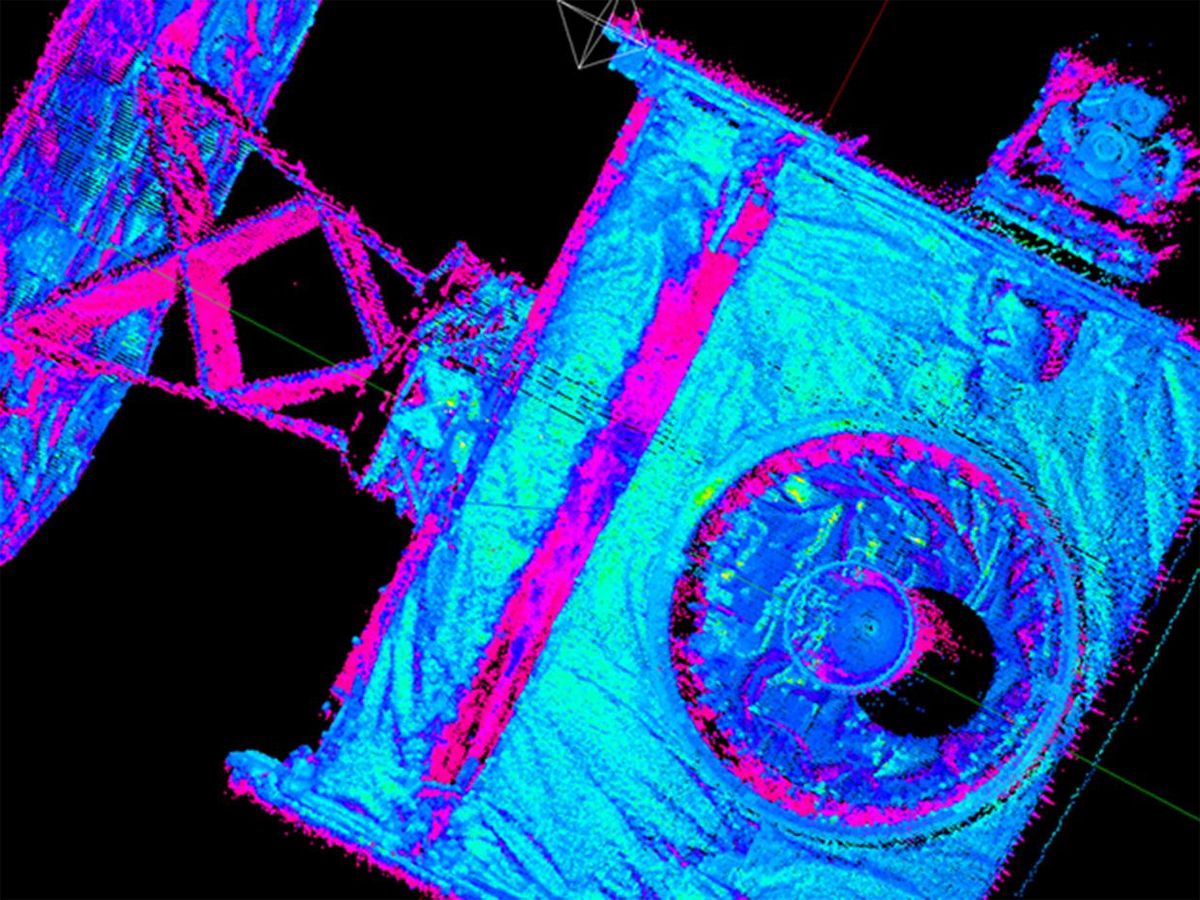Orbiting at a speed that matches the rotation of the Earth, satellites in geostationary orbit occupy unique positions and provide invaluable services. Effectively fixed in place over points on the equator 35,786 kilometers below, they provide communication and broadcasting services, constant weather observation, and calibration for navigation constellations.
These satellites are huge and vastly expensive—typically hundreds of millions of US dollars—and operate for up to fifteen years. They have a store of propellant required to keep them in position and pointed the right way, and once this propellant is almost used up, a final push is used to send the satellites into a graveyard orbit. This prevents them from becoming a threat to active satellites and makes way for a replacement. There the satellites remain dormant, their otherwise still functional systems and transponders rendered useless. But engineers around the world are coming up with ways to keep these spacecraft on the job.
The Shanghai Academy of Spaceflight Technology (SAST), an arm of China's main space contractor, has unveiled a concept for servicing satellites in geostationary orbit at the Zhuhai Airshow, running from September 28-October 3. The Supplemental service Vehicle would approach a satellite near the end of its mission lifetime and, using artificial intelligence, maneuver in to attach itself to the target. It could then carry out the station keeping and attitude control functions needed to keep the target satellite in its orbit and correctly directed to provide its services.
Yet SAST is merely a newcomer to a growing field of space actors looking to extend the lives of satellites, including the European Space Agency, with its Geostationary Servicing Vehicle, the Defense Advanced Research Projects Agency (DARPA), Astroscale of Japan and SpaceLogistics, a subsidiary of Northrop Grumman.
Northrop Grumman has already carried out the first such servicing and has two Mission Extension Vehicles (MEV) in orbit doing the station keeping for a pair of Intelsat satellites, prolonging their missions by five years. The company last week released footage from an infrared camera of MEV-2, launched in 2020, making a 12-hour rendezvous and docking with Intelsat IS-10-02 satellite.
"The technical prowess required to accomplish these missions took years to develop because of the complexity of doing something that had never been done in the unyielding environment of space," said Joe Anderson, vice president of operations and business development at Space Logistics.
While docking a spacecraft to the International Space Station or China's Tianhe space station module are relatively routine, the space stations are designed to received visitors. The satellites in geostationary orbit are, for now, not designed to allow rendezvous and docking. The MEV servicing spacecraft thus use a suite of instruments including narrow and wide field optical and infrared imagers as well as active scanning LIDAR to provide the navigation data needed to rendezvous and operate in proximity of the target satellites. MEVs then dock by locking on to structures—engine nozzles and launch adaptor rings—found on nearly 80 percent of all geostationary satellites in orbit today.
Space Logistics is also developing the second-generation Mission Robotic Vehicle (MRV) which includes a partnership with DARPA that provides a robotic arm and will be capable of installing a Mission Extension Pod (MEP) on target satellites. Together these will be able to carry a range of mission-extending services, including inspection and repair, relocations, propulsion augmentation, and replacement of parts and systems. Eventual in-orbit robotic assembly of space structures is a long-term goal. The MRV and MEP face critical design reviews next year ahead of launch of the first MRV and the first three MEPs in 2024.
Having new capabilities and more actors looking to extend the life of satellites could be more than a cost benefit for satellite operators. It could help mitigate the growing issue of orbital debris which threatens the use of low Earth and geostationary orbits in particular. Currently there are more than 500 active satellites operating in finite positions in geostationary orbit, with more in graveyard orbits. Anderson also states that Space Logistics proposes that all new spacecraft should include requirements that make satellites serviceable.
The other, darker side of the coin is that servicing spacecraft will be inherently "dual-use", that is, capable of not just servicing but also closing in and disabling a satellite. Satellite servicing will provide opportunities to boost space sustainability, but will require international discussion and a measure of openness to define a common and beneficial way forward.
- Inside DARPA's Mission to Send a Repair Robot to Geosynchronous ... ›
- Zombie Satellites Return From the Graveyard - IEEE Spectrum ›
- NASA Now Has Robot Gas Station for Space, Robot Miner for the ... ›
- How NASA Will Grapple and Refuel a Satellite in Low Earth Orbit ... ›
Andrew Jones is a freelance journalist based near Helsinki. He writes about the space industry and technology with a particular focus on China's activities.



